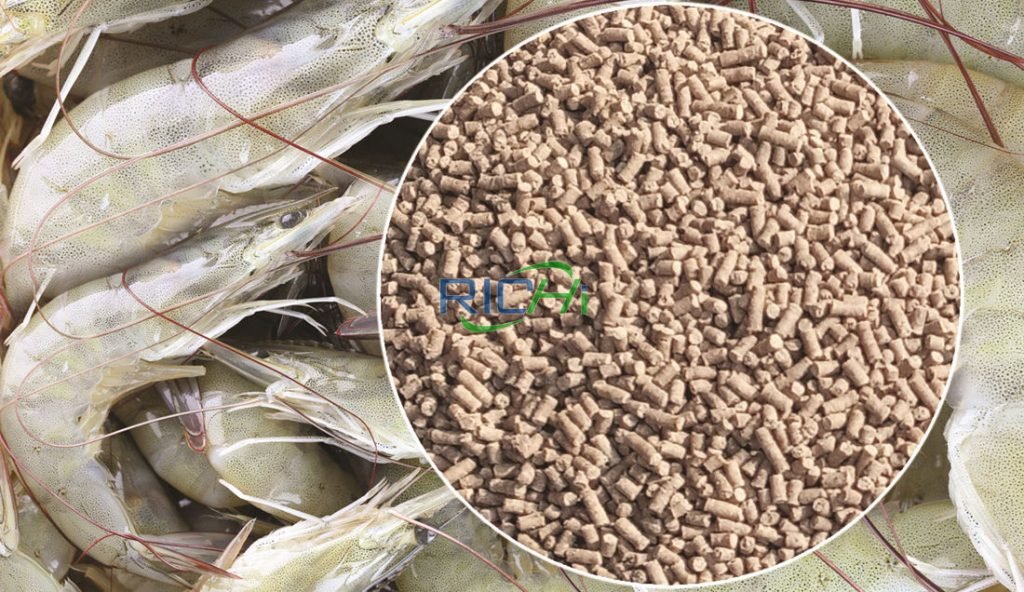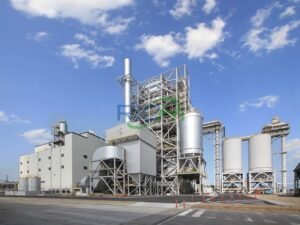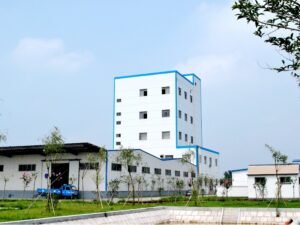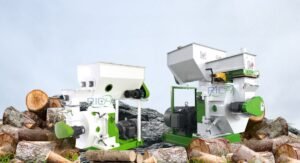
Producing top notch shrimp feed pellets can be a difficult procedure that calls for attention to detail and expertise. Some of the challenges associated with producing shrimp feed pellets consist of:
1. Quality control: Shrimp feed pellets should be of premium quality to guarantee optimal growth, health, and survival of the shrimp. Quality control measures need to be in area throughout the production process to make certain that the ingredients are of high quality, the mixing is consistent, and the pellets are of the wanted shapes and size.
2. Ingredient selection and sourcing: Selecting the right ingredients and sourcing them from reputable distributors can be a challenge. The top quality of the ingredients can vary depending upon the source, and there might be concerns with consistency or schedule of particular ingredients.
3. Formulation: Formulating shrimp feed pellets needs a deep understanding of the nutritional demands of shrimp at different phases of their lifecycle. The formulation must be meticulously balanced to offer the appropriate equilibrium of healthy proteins, carbohydrates, fats, vitamins, and minerals.
4. Pellet durability: Shrimp feed pellets need to be durable sufficient to stand up to handling, transportation, and feeding without breaking down or collapsing. Achieving the best degree of durability can be a challenge, and aspects such as pellet dimension, shape, and compression can all contribute.

5. Moisture control: Moisture control is essential in the production of shrimp feed pellets. If the ingredients are also wet or also completely dry, it can affect the quality of the pellets and lead to problems such as clumping, clogging, or poor pellet formation.
6. Feed wastage: Feed wastage can be a significant problem in shrimp farming, and it can arise from elements such as poor pellet top quality, overfeeding, or wrong feeding methods. Decreasing feed wastage calls for mindful monitoring and management of feeding methods.
7. Cost management: Producing high-quality shrimp feed pellets can be expensive, and cost management is vital for ensuring productivity. This requires careful factor to consider of aspects such as ingredient costs, equipment costs, labor costs, and market need.
In summary, producing high-quality shrimp feed pellets needs interest to information and experience. Challenges associated with producing shrimp feed pellets include quality control, ingredient selection and sourcing, formulation, pellet durability, moisture control, feed wastage, and cost management. Resolving these challenges calls for cautious tracking and management throughout the production procedure.






